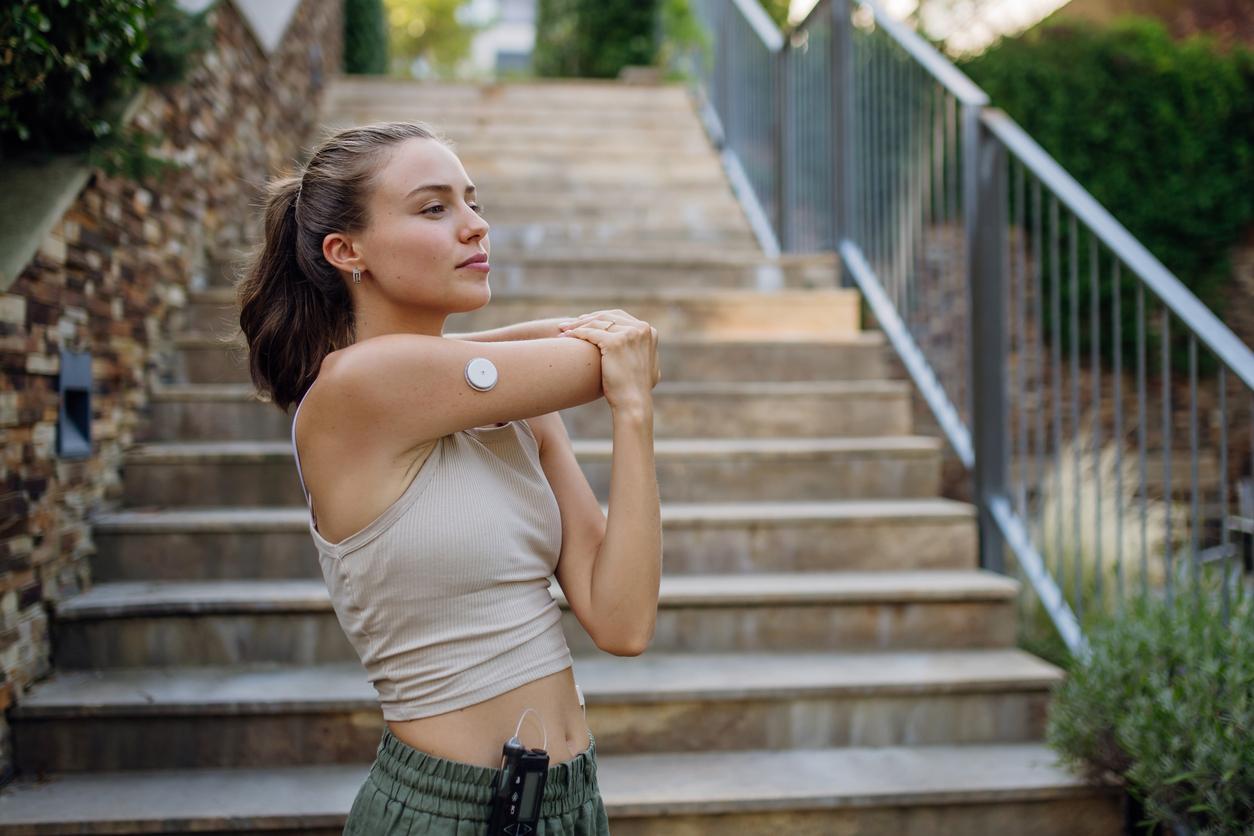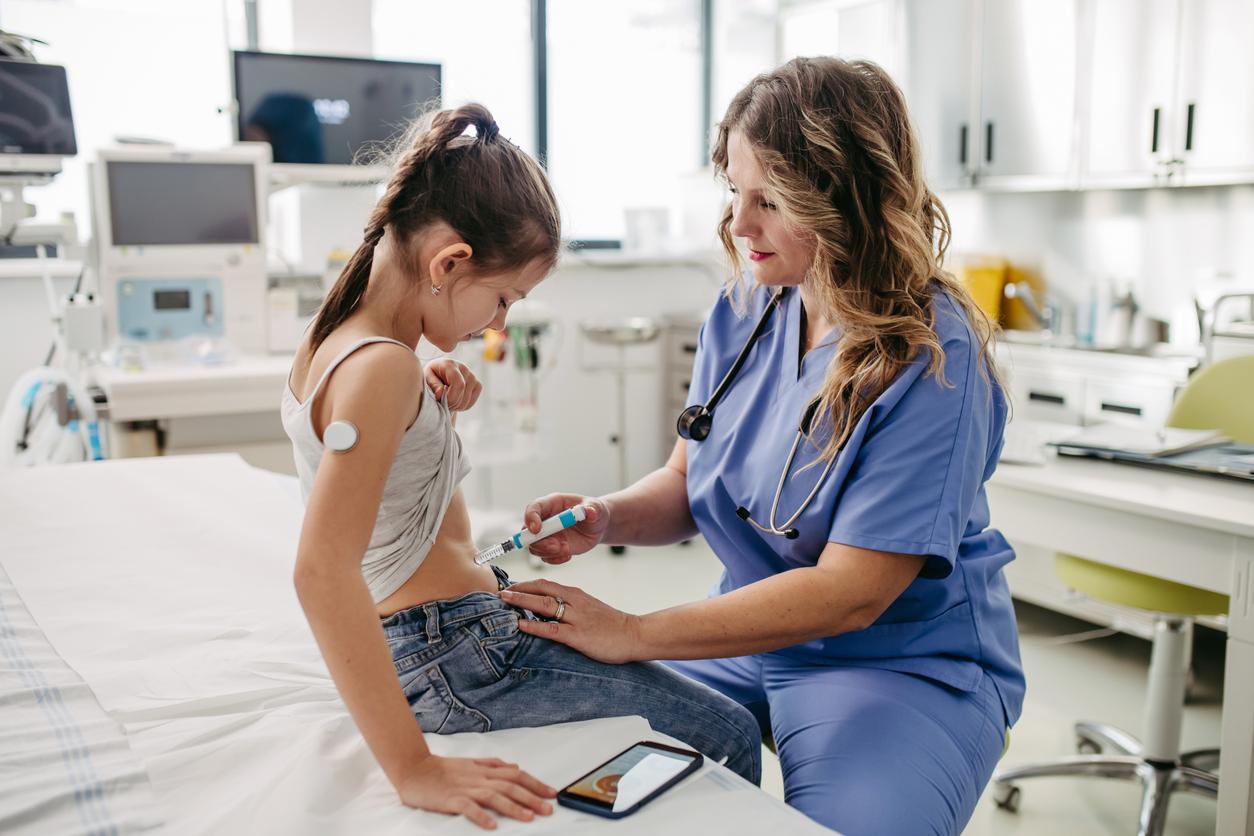For a year, the Acadia association has been training dogs to “sniff out diabetics”. Thanks to their highly developed sense of smell, these pets are indeed able to detect signs of hyper or hypo glycaemia of their masters and thus avoid serious health problems.

Will man’s best friend one day also become a “tool” for screening for pathologies? While for the past ten years, various experiments have proven that dogs were able to detect breast or prostate cancer, here they are now trained to “smell” blood sugar problems. For a year now, the French association Acadia indeed educates these faithful companions so that they are able to detect the glycemic anomalies of their masters.
The dog, “super sniffer”
Tested for years in the United States and in several European countries, this assistance for type 1 diabetics is as surprising as it is effective, and is based on scientific work. Thus, in 2016, an article in the journal Diabetes Care detailed a study conducted by researchers at the University of Cambridge. The latter had highlighted the faculties of dogs to detect volatile compounds present in the breath of diabetic patients with hypoglycemia.
Acadia’s goal: to take advantage of the 200 million olfactory cells of dogs in order to make them the future of non-invasive screening tests. The non-profit association is therefore working to train the dogs so that they can spot the glycemic changes in the sweat and breath of their young master and thus avoid any health problem.
Because type 1 diabetes is an autoimmune disease affecting children and adolescents. According to the Health Watch Institute (INV) quoted by Acadia and BFM, 20,000 children are affected by type 1 diabetes in France. A constantly increasing figure: in the space of 10 years, the diagnosis of children under 4 years old has increased by 78%.
If diabetes is not treated, hyperglycemia (too much sugar in the blood) worsens and then nausea and vomiting, drowsiness and visual disturbances occur. Hypoglycemia (not enough sugar in the blood) can lead to coma. The dog trained to detect diabetes will be able to sound the alarm by waking up the diabetic person or his relatives before complications arise.
98% reliable
Glycemic children already benefit from this canine assistance. This is the case of Hugo, 15 and a half years old. Suffering from unbalanced diabetes, he has been accompanied for a few weeks by Medley, a standard poodle with nursing ancestry. “Hugo could fall into a coma. It’s Medley who will come and alert me, by pressing a button, which will ring in my room. For me, it’s a release, and we’ll be able to give Hugo carefree that he no longer had”, explains to France Inter Hugo’s mother.
But the presence of a four-legged companion capable of “sniffing out” diabetes comes at a cost: around 30,000 euros for the training of each dog. Arnaud Bertrand, founder of the Acadia association, is therefore now looking for patrons to pursue his mission, which he considers absolutely necessary. Affirming that the detection of type 1 diabetes by dogs is 98% reliable, he explains that “no medical device can replace the presence brought by the dog”.

.
















